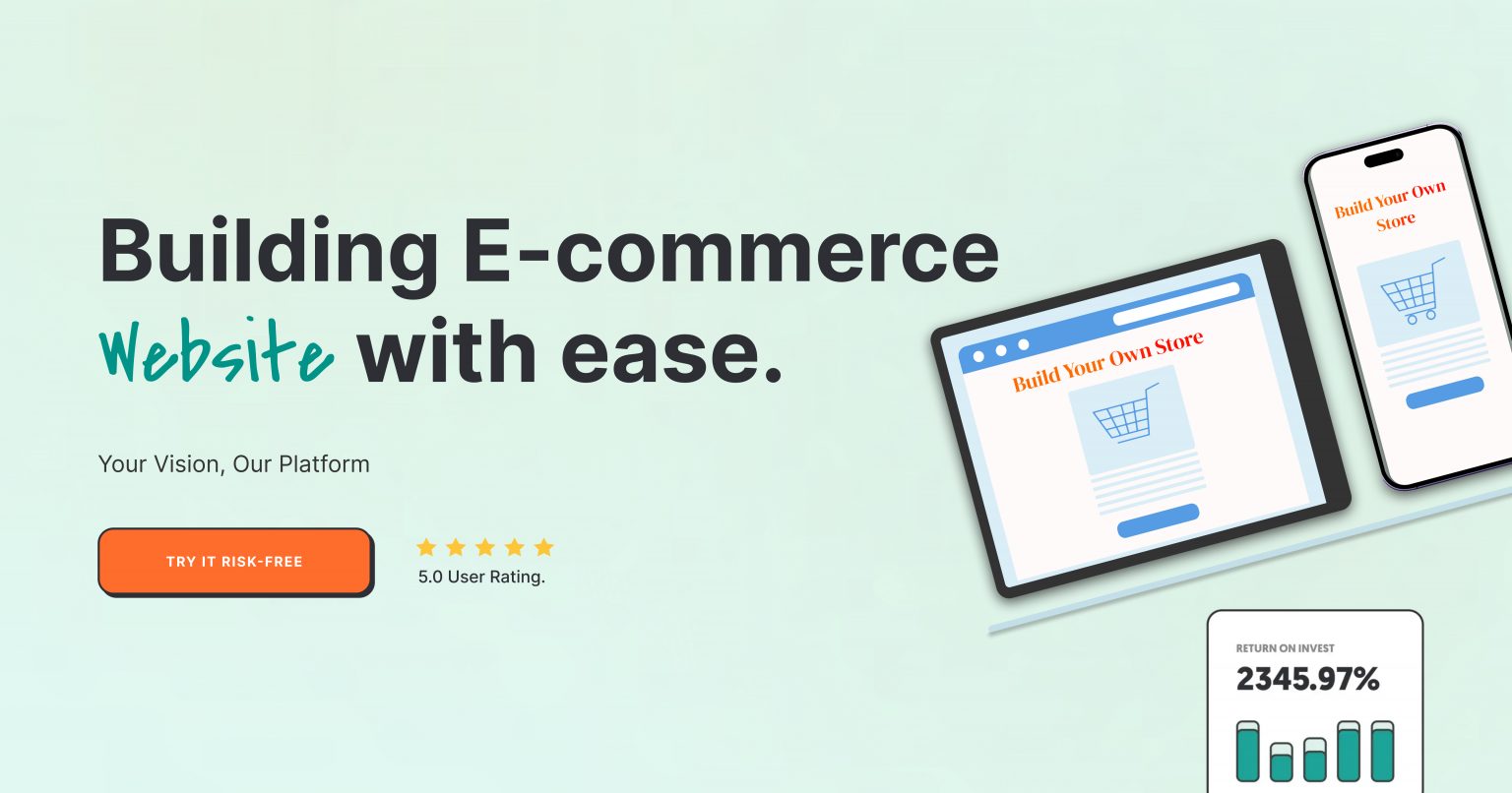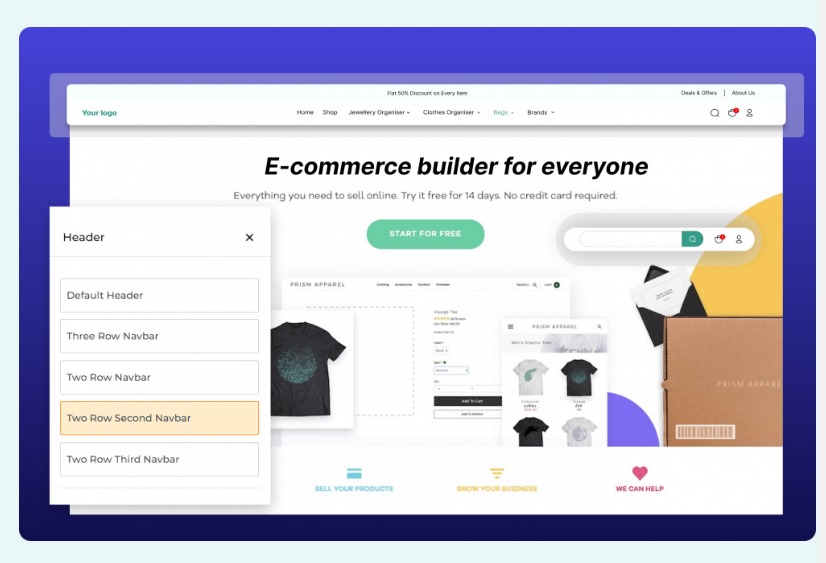Choosing the Perfect Ecommerce Builder for Your Online Shop
Choosing the best ecommerce builder for your online store is a crucial decision that can make or break your business. With the right ecommerce builder, you can create a seamless, user-friendly shopping experience that will attract and retain customers. With so many options to choose from, how can you determine which one is right for you? In this blog, we will guide you through the key factors to consider when choosing the best ecommerce builder for your online store.
Define Your Needs and Goals
Before diving into the plethora of ecommerce builders available, it’s essential to define your needs and goals. Consider the following questions:
- What is your budget?
- What type of products are you selling?
- Do you need specific features such as inventory management, customer reviews, or SEO tools?
- How tech-savvy are you?
Understanding your requirements will help narrow down your options and ensure you choose the best ecommerce builder for setting up your online store.
1. Ease of Use
The best ecommerce builder for your online store should be easy to use, especially if you don’t have a technical background. Seek a platform that offers an intuitive interface and drag-and-drop features. This will allow you to create and customize your store without needing to write code using shopperbuild.
2. Customization and Design Options
Your online store should reflect your brand’s identity. Therefore, choosing an ecommerce builder that offers a wide range of customization and design options is crucial. Look for builders that provide customizable templates and themes. This flexibility will allow you to create a unique and visually appealing store that stands out from the competition.
3. Payment Gateways and Transaction Fees
Payment gateways are vital for any online store as they process payments from customers. Ensure the ecommerce builder you choose supports multiple effective payment gateways such as PayPal, Stripe, and credit card payments. Additionally, be aware of any transaction fees that the platform might charge. These fees can add up, so it’s important to choose a builder that offers competitive rates or no transaction fees at all.
4. SEO and Marketing Tools
To drive traffic to your online store, you need robust SEO and marketing tools. The best ecommerce builder for your online store should offer built-in SEO features such as meta tags, customizable URLs, and sitemaps. Additionally, you may expand your audience and increase sales by utilizing marketing tools like social network connectors, discount coupons, and email marketing integrations.
5. Scalability
As your business expands, your ecommerce platform must be capable of scaling alongside it. Choose an ecommerce builder that is scalable and can handle increased traffic and sales volume. Platforms like BigCommerce and Magento are known for their scalability and are suitable for businesses looking to expand.
6. Customer Support
Dependable customer support is crucial for managing an online store. Issues can arise at any time, and having access to 24/7 customer support can be a lifesaver. Look for ecommerce builders that offer comprehensive support options, including live chat, phone support, and extensive knowledge bases.
7. Security Features
Security is paramount in ecommerce as you will be handling sensitive customer information. Ensure the ecommerce builder you choose offers robust security features, including SSL certificates, secure payment gateways, and regular security updates. This will help protect your store from cyber threats and build trust with your customers.
8. Pricing Plans
Finally, consider the pricing plans of different ecommerce builders. While it’s important to find a platform that fits your budget, don’t sacrifice essential features for a lower price. Compare the features and pricing of various builders to find the best value for your money. Many platforms offer free trials, so take advantage of these to test out the features before committing.
Conclusion
Choosing the best ecommerce builder for your online store is a significant step towards creating a successful online business. By considering factors such as ease of use, customization options, payment gateways, SEO tools, scalability, customer support, security, and pricing, you can make an informed decision that aligns with your business goals.
At ShopperBuild, we understand the importance of finding the right ecommerce platform. That’s why we are dedicated to helping you choose the best ecommerce builder for your online store. With the right tools and guidance, you can create a thriving online store that attracts customers and drives sales.







